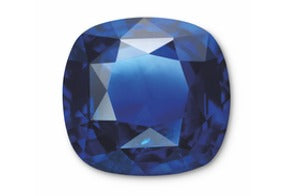Fun fact: Zircons contain trace amounts of uranium and thorium. These radioactive trace elements degrade with time, making Zircon an important material in radiometric dating. Basically Zircon can be described as a geological clock that tells us about the early earth. The radioactivity in Zircon gemstones is very minimal and is generally believed to be safe, without posing any health hazards.
Zircons have a vitreous to adamantine lustre making its sparkle rival that of diamond. They also exhibit strong double refraction, visible through a loupe, making them easy to distinguish from Diamonds and other diamond simulants.
Zircon occurs in a range of shades such as blue, red, green, yellow, orange, brown, pink, purple, gray, white and colourless. Blue and Red Zircons are often heat treated to produce their colour. The downside to Zircons is their brittleness, making them vulnerable to chips and abraded facet edges. For this reason Zircon is best used in earrings and pendants where they will not be easily damaged.
Zircons exhibit some very fun inclusions (see our photos below). The striped structural zones, resembling a xylophone, indicate the direction of growth along the C axis in greenish Zircons from Sri Lanka. While the angular “boomerang-shaped” markings are a characteristic of metamict Sri Lankan Zircons.






















